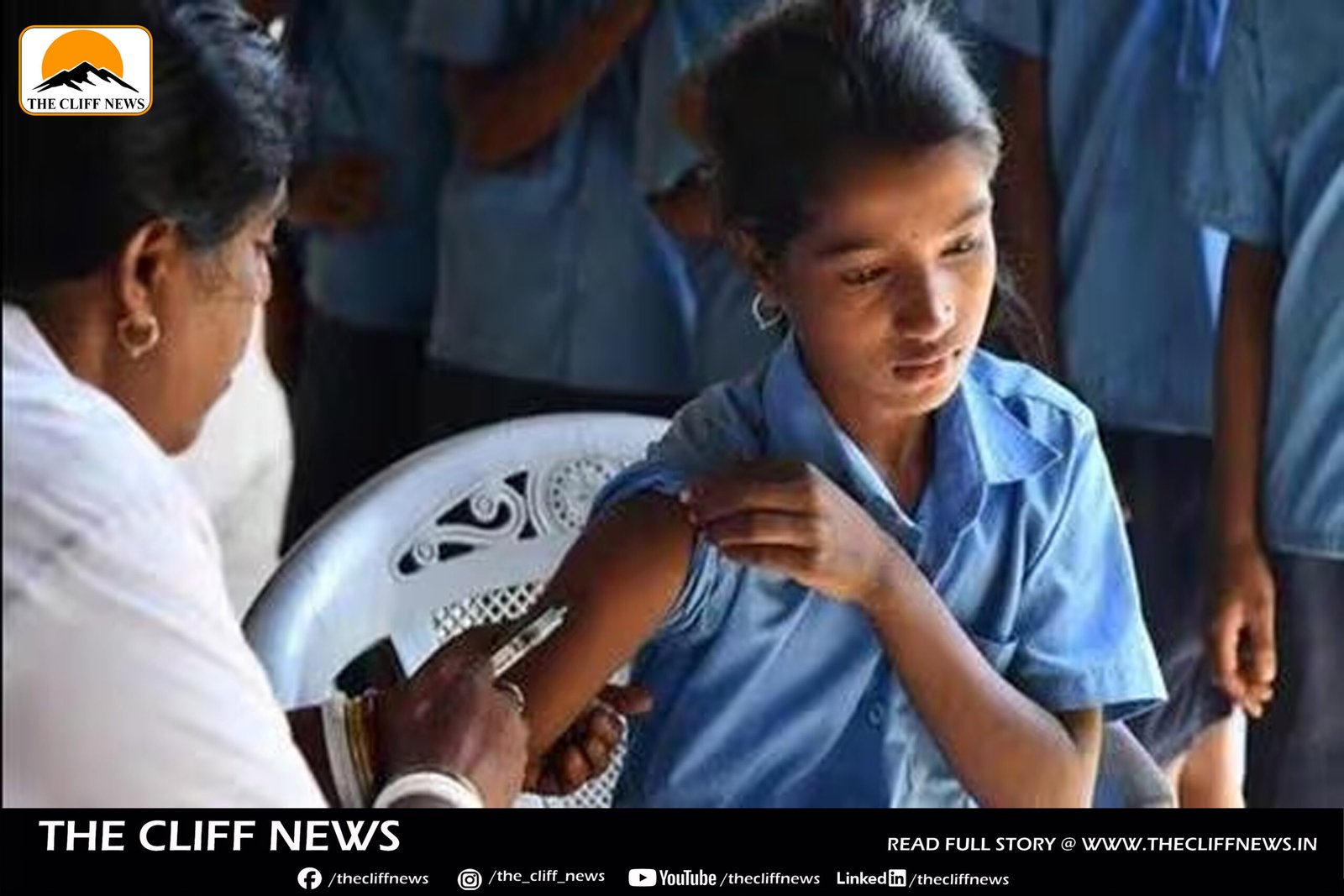India has made remarkable progress in reducing the number of zero-dose children — those who have not received even a single vaccine — according to the 2024 Global Immunization Estimates released jointly by the World Health Organization (WHO) and UNICEF on Tuesday. The report shows a 43% drop in zero-dose children in India, from 1.6 million in 2023 to 0.9 million in 2024.
This achievement reflects the country’s intensified focus on universal immunization, particularly post-COVID, and is part of a broader regional trend. Across South Asia, the number of zero-dose children dropped by 27%, from 2.5 million in 2023 to 1.8 million in 2024.
Encouraging Trends in Vaccine Coverage
In 2024, 92% of infants in South Asia received the third dose of the Diphtheria, Tetanus, and Pertussis (DTP) vaccine — a key global marker for immunization system performance. This is up by 2 percentage points from the previous year. Meanwhile, the coverage for the first DTP dose also rose from 93% to 95%, exceeding pre-pandemic levels and demonstrating the resilience and priority given by South Asian governments to child health.
“Progress has been notably strong in India and Nepal,” the WHO noted.
- India: 43% reduction in zero-dose children
- Nepal: 52% reduction (from 23,000 to 11,000)
- Pakistan: Achieved its highest-ever DTP3 coverage at 87%
- Afghanistan: Remains the most challenged, with the lowest coverage in the region and a 1-point decline in the past year
Global Snapshot
Globally, 89% of infants — around 115 million — received at least one DTP dose in 2024, and 85% (109 million) completed all three doses. Compared to 2023, that’s 1,71,000 more children starting vaccination and 1 million more completing the DTP series — a modest but positive sign of progress.
Despite gains, challenges remain. There are still 14.3 million zero-dose children worldwide, which is 4 million more than the 2024 target under the Immunization Agenda 2030, and 1.4 million more than in 2019, the baseline year.
“Vaccines save lives, allowing individuals, families, communities, economies and nations to flourish,” said WHO Director-General Dr. Tedros Adhanom Ghebreyesus.
“It’s encouraging to see a continued increase in the number of children being vaccinated, although we still have a lot of work to do.”
Areas of Concern
The WHO warned that cuts in foreign aid and misinformation about vaccine safety threaten to reverse years of immunization gains. The organization urged countries to invest domestically in immunization programs and adopt local solutions to reach every child.
Out of 195 countries:
- 131 countries have maintained at least 90% DTP1 coverage since 2019
- Only 17 countries (of those below 90% in 2019) improved their coverage
- In 47 countries, progress is stalling or worsening, including 22 that had earlier crossed the 90% mark but have since regressed
Conclusion
India’s progress in cutting down its zero-dose children by nearly half is a standout example in global public health. However, with millions still unreached, the path ahead demands sustained investment, strategic outreach, and continued vigilance to counter misinformation and inequity in vaccine access.



